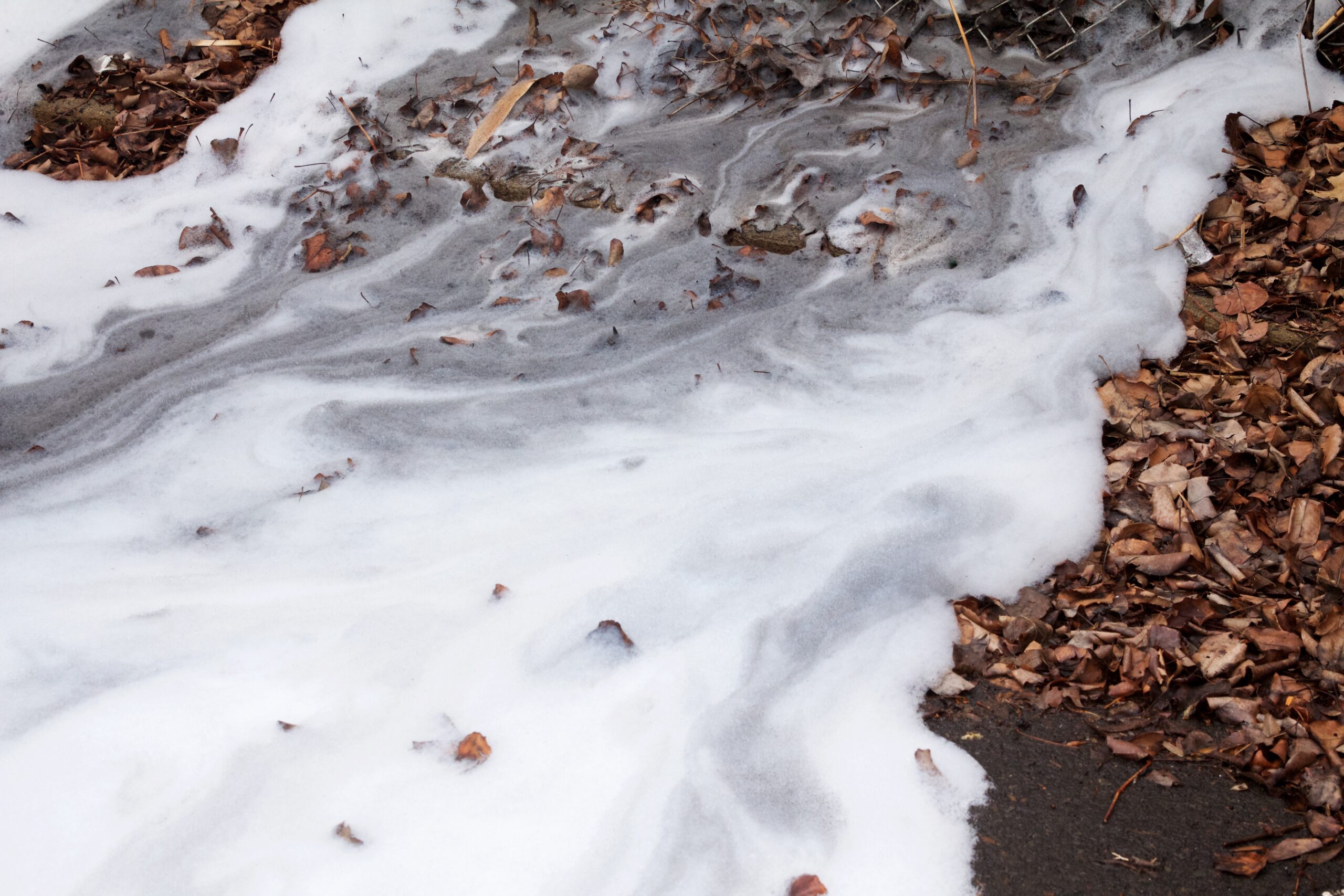

Catch the latest updates on what’s happening with PFAS in the Great Lakes region. Check back for more PFAS news roundups every other week on our website.
On March 24, Indiana Senate Bill 426 was signed by the House Speaker and Senate President Pro Tempore. This bill will go on for Gov. Mike Braun to potentially sign into law. The bill would protect water utilities from per- and polyfluoroalkyl substances (PFAS) lawsuits. According to earlier reporting from Indiana Public Broadcast News, Justin Schneider with Indiana American Water, said when customers sue utilities, the cost of those lawsuits gets passed back on to water utility customers.
“And the reality is that the utilities do not make the scientific or the technical decisions about what the water quality standards should be — we’re the ones that implement those,” Schneider said to IPB News.
New York state is once again pushing to pass the Plastic Reduction and Recycling Infrastructure Act. Last week, the legislation passed the Environmental Conservation Committee in the state Senate and Assembly, while advocates held a rally at the state Capitol according to Spectrum News NY1. The bill aims to regulate companies with an income of $1 million, to reduce plastic packaging by 30% over 12 years and specifically phasing out 17 toxic chemicals used in plastic packaging like formaldehyde, vinyl chloride and PFAS.
Judith Enck, who spoke with Spectrum News NY1, is a former regional EPA administrator and president of Beyond Plastics. Enck said that Americans have leaned on “recycle” too much in the idea of “reduce, reuse, recycle.” She said that the amount of different plastics that are out there, means not all of those are easily recyclable, so this bill would help New Yorkers to truly “reduce” their consumption.
“This bill is commensurate to the problem we’re trying to solve,” Enck said. “None of us voted for more plastics. When you go to the supermarket, you have very little choice.”
Reporting from Bridge Michigan explains how after PFAS were discovered in private wells in Cadillac, Michigan the state discovered “forever chemicals” leaching from septic systems into those drinking wells. Originally, it was believed that an industrial park was responsible. After the state analyzed 70 neighboring wells, they discovered how residents were unknowingly flushing PFAS-tainted household products into those septic systems.
Kelly House, reporting on this for Bridge Michigan, wrote:
“Cadillac’s experience serves as a warning to millions of Michiganders who drink from unmonitored, loosely regulated private wells and flush their household sewage into onsite septic systems: PFAS is pervasive in everyday products, from shaving cream and laundry detergent to floor wax and wrinkle-free clothes. And septic systems are not designed to break them down.”
Research scientist and senior analytical chemist, John Scott, at the University of Illinois Urbana-Champaign recently published a study about the presence of PFAS and microplastics in landfill-wastewater treatment systems. On March 20, he was interviewed by the university, where Scott said that approximately half of the biosolids applied to farmland in the Midwest come from sewage sludge, likely contaminated with “forever chemicals.”
When asked if there is a solution to PFAS accumulation in wastewater treatment plants, Scott said: “For starters, the public needs to move away from consuming products that contain PFAS. If we can phase out the production of PFAS, we can reduce — and hopefully eliminate — the presence of these compounds in our solid and liquid wastes.”
Technology and culture podcast, Undivided Attention, did an episode recently with historian Naomi Oreskes. She spoke about her book Merchants of Doubt, and about how the Citizens for Fire Safety was created by the Tobacco industry, to fight back against regulations after studies showed how many fires started from people smoking in bed.
Orekes said that they argued the real culprit wasn’t the cigarettes but the sheets and pillowcases, which needed to be fireproofed. Over time, states and the federal government passed regulations that required flame retardants in things like furniture and pajamas. The Flammable Fabrics Act (FFA) was first passed in 1953 and was amended to include furniture, pajamas and more household items in 1967 — which we now know exposed more Americans to PFAS.
More PFAS news in case you missed it:
- PFAS was discovered recently in 19 residential wells near Jackson County Airport in Michigan.
- Wisconsin Public Radio reports on how “forever chemicals” contamination on French Island, WI has changed life for residents.
- The Minnesota Star Tribune went shopping to test products against the state’s latest ban. Two makeup products were among the products found to be way above the threshold.
Catch more news at Great Lakes Now:
Cancer-causing PFAS to be added to Canada’s toxic substance list
Latest Minnesota PFAS bill allegedly shifts power, sparks controversy
Featured image: Firefighting foam remains on the ground surface following a tanker truck accident. EPA tests show that aqueous film forming foam used to fight flammable liquid fires have contaminated area drinking water with PFAS. (Photo Credit: iStock)




